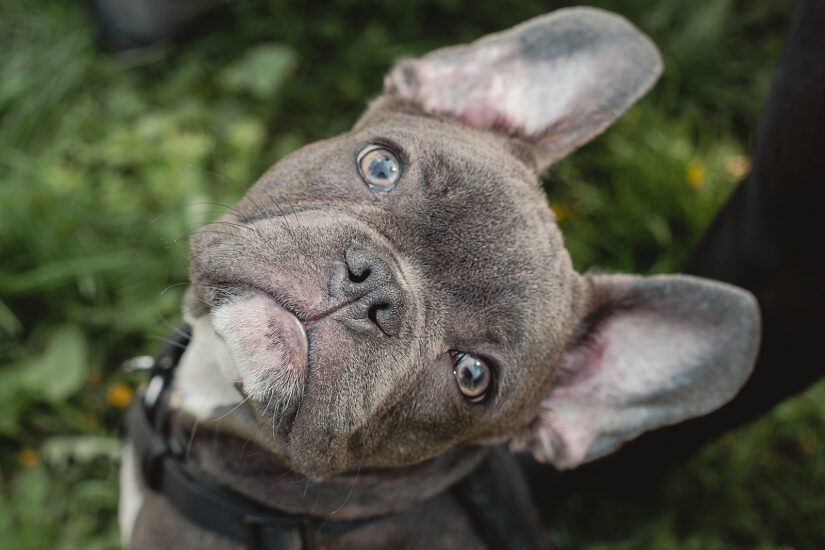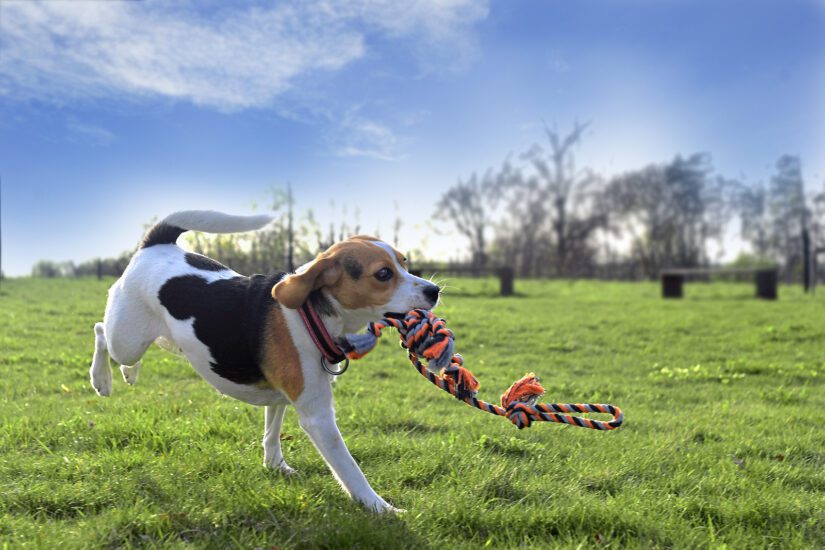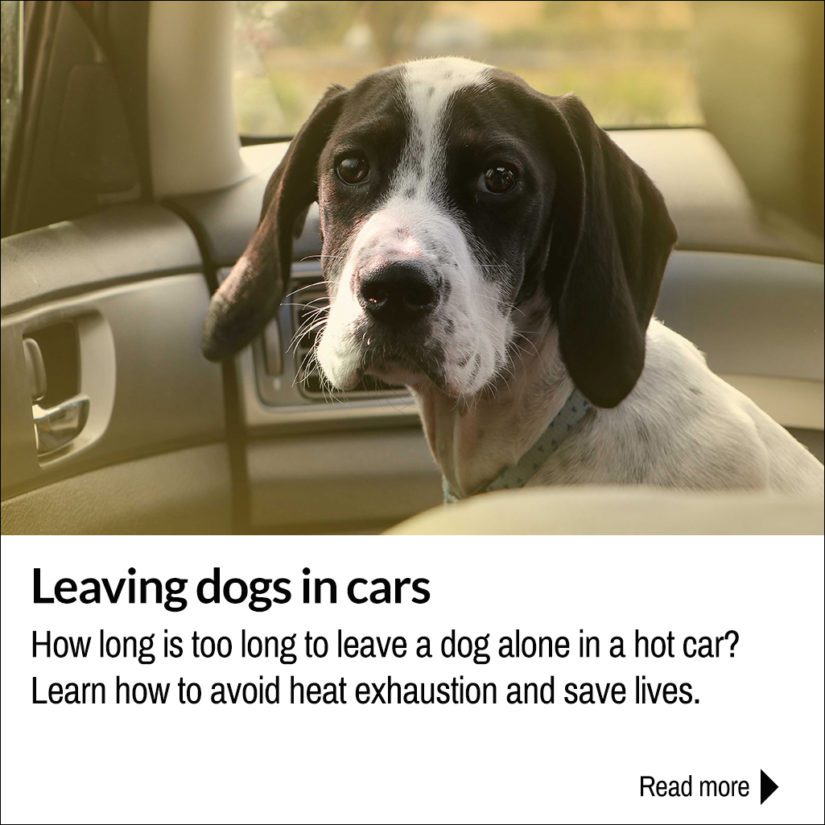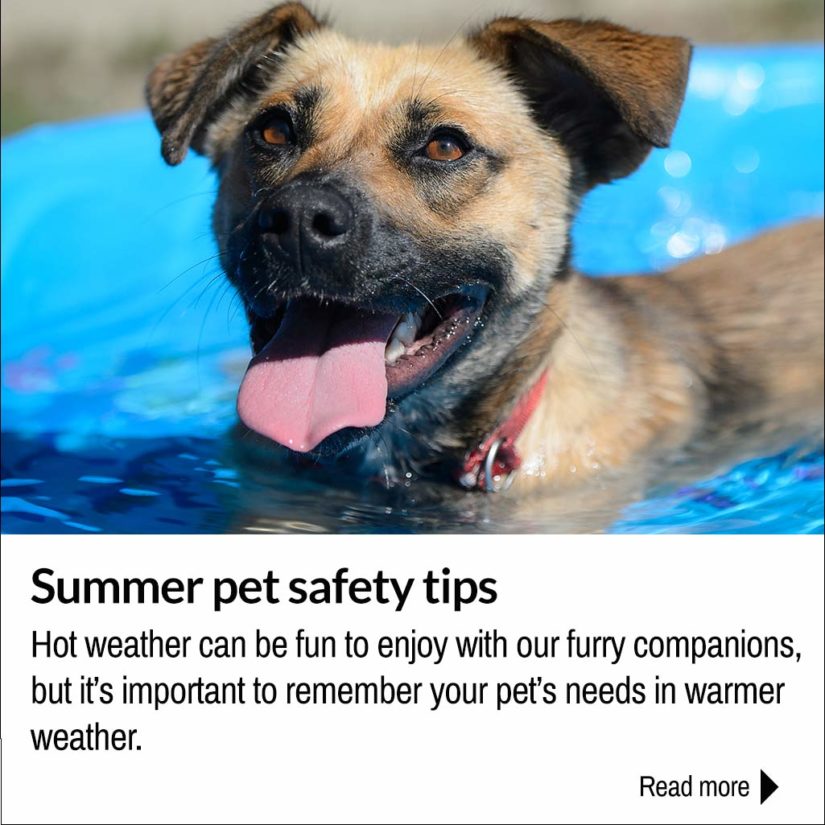As temperatures increase it’s important to remember that dogs are susceptible to illnesses and injuries related to warm weather, like dehydration and heat stroke. Some dogs are more vulnerable to the heat than others, including those with thick fur coats, flat-faces, are obese or elderly.
Below are the types of dogs who need to be watched extra closely when venturing outdoors on those hot summer days.
Brachycephalic dogs

Dogs have sweat glands in their paw pads but release excess heat primarily by panting. Brachycephalic or flat-faced dog breeds have more difficulty taking in enough air to cool themselves down by panting. Flat-faced dogs such as pugs, Boston terriers, French bulldogs, English bulldogs and shih tzus are more sensitive to heat because they suffer from brachycephalic airway syndrome (BAS).
These dogs have small nasal openings and long soft palates in the back of their mouths, which limit airflow. They also have a narrower windpipe and have to work harder to take in enough air to keep themselves cool. That’s why it’s key to walk flat-faced dogs with a harness instead of a collar to ensure their airway is not constricted.
Another note: Brachycephalic dogs are not great swimmers. For example, a Pekingese has short legs and tires easily, while pugs need to tilt their faces up to breathe while swimming, which means they must paddle hard to stay afloat. A wading pool with a few inches of water should be enough to cool them down. A canine life vest is necessary to avoid having these breeds get water up their noses and drown.
Dogs with thick fur coats

A dog’s coat captures air and acts as an insulator, trapping heat in the winter and deflecting heat in the summer.
Dog breeds such as Labradors, huskies, shepherds and golden retrievers have a double coat, which makes it thicker than most. Additionally, the darker the dog’s fur, the more heat it will absorb, and dogs with black fur are at a higher risk of overheating.
When it comes to the double coat, the shorter layer of fur insulates the dog and is shed regularly. The outer coat is made up of coarser, longer hairs that don’t shed as often. Dogs with a double coat should never be shaven unless directed by a vet.
Be sure to brush your dog’s coat daily, keep their coat clean and take them to the groomer regularly. A fluffy, clean coat will help keep your dog cool.
Overweight dogs
Overweight or obese dogs are more likely to develop heat-related illnesses because of the increased insulation the fat cells provide and the increased heat they generate from mild exercise.
Senior dogs
For large breeds such as Great Danes, a dog is considered to be a senior over the age of five. However, smaller breeds, such as Chihuahuas, generally live longer and are not considered seniors until age eight. Senior dogs are more sensitive to temperature and may have underlying medical conditions such as heart or lung diseases, which makes them more likely to develop heatstroke.
Puppies
Puppies are not able to regulate their own body temperature as well as adult dogs and are high-energy. They tend to run and play and can easily overexert themselves outside on hot days.

Dealing with pet heatstroke
Signs of heatstroke in pets can include:
- Exaggerated panting (or the sudden stopping of panting);
- Rapid or erratic pulse;
- Salivation, anxious or staring expression;
- Weakness and muscle tremors or lack of coordination;
- Convulsions or vomiting, and collapse.
What to do if your pet is showing signs of heatstroke:
- Move your pet to a cool, shady place;
- Wet the animal with cool water;
- Do not apply ice, as this will constrict blood flow and discourage cooling;
- Fan your pet to promote evaporation. This cools the blood, helping to reduce the animal’s core temperature;
- Allow your pet to drink some cool water (or to lick ice cream if no water is available);
- Take your pet to a veterinarian as soon as possible for further treatment.
What you can do to help keep your dog cool
- On hot, humid days, it’s best to keep pets inside with plenty of cold water.
- Outdoor exercise and walks are best in the early morning or late evening when temperatures are cooler.
- Bring water and take breaks in the shade.
- If the pavement is too hot to comfortably place your hand on for several seconds, it is too hot for your dog.
- Some dogs don’t know their own limits—use caution when exercising them, such as running and fetch, as you may need to stop them from overdoing it.
People can be vulnerable to the heat, too!
Just as we need to pay close attention to our pets, it’s important to check on our neighbours and loved ones, especially during extreme heat events. Certain people, including seniors, have less ability to regulate their body temperature and are, therefore, more at risk of heat-related illness.


